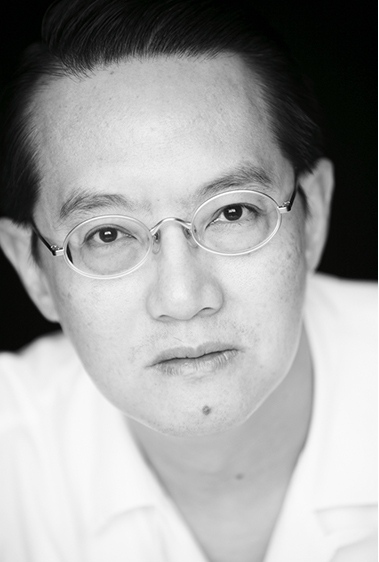There are two basic types of double eyelids occuring naturally in Oriental people – an Innie fold or an Outie fold.


An Innie fold is a “tapered” fold, more visible at the outer corner of the eye (laterally) and the apex of the fold (middle) and then fading away as it reaches the inner corner of the eye (medially) where it is no longer seen. This is because of a strong epicanthic fold which covers the caruncle (inner part) of the eye. This is a very typical Oriental or Asian appearance. Many Chinese and Korean movie stars have this type of fold, especially men.
An Outie or “parallel” fold can be seen clearly from the inner corner of the eye to the outer corner. This is the kind of fold seen in Caucasian eyelids as they do not have epicanthic folds. However in some Oriental people this type of double eyelid can also occur naturally, giving the owner a Pan-Asian look.
Both types of folds can be very attractive. With upper blepharoplasty, whether by stitching or cutting methods, it is not possible to force an Innie fold to become an Outie fold. For those who wish to convert to an Outie fold, an additional procedure called a Medial Epicanthoplasty is required. This will open up the inner corner of the eye and expose the caruncle giving a parallel fold and a more Caucasian or Pan-Asian appearance.
The Medial Epicanthoplasty is usually performed at the same time as the double eyelid creation in those who are converting from a Monolid to an Outie Parallel fold. In those who already have an Innie fold, then the medial epicanthoplasty can convert this to an Outie fold. Your surgeon will decide how widely to open the inner corner of your eye and you can choose from a partial opening to a full opening, depending on the style and shape of the eyes that you like. It is a very neat operation that takes about 1 hour 45 minutes. Stitches need to be removed after a week
A Lateral Epicanthoplasty is used to make the eye look bigger and more rounded.


